All about website call to action (CTAs), tips & examples
What is a CTA (call to action)?
CTA stands for “Call To Action” and is how you guide your website visitor towards an action that you want them to take. They are typically buttons, forms or hyperlinks.
It's important to guide your visitors through your website using strategic CTAs.
When setting up your website CTA it is important that you consider a few elements:
- ACTION
- WORDS
- COLOUR
- PLACEMENT
In this article I explore each element with some ideas you can use.
THE ACTION:
Every website will have a different CTA that aligns with its website strategy. A website can have more than one CTA but it is important to focus on the most important one and others as secondary CTAs so visitor does not have too many choices.
A few typical website call to actions:
Building a database (asking visitors to subscribe to your mailing list for future communications)
Making a purchase – for e-commerce websites where the goal is selling online
Making Contact – mostly for B2B or service business – a simple phone call or contact form is what will lead to a potential sale.
Request a quote – when there is enough details and visitors can ask for a quote or to book for a quote (typical for home improvement type websites)
Registering or booking for an event – for an event type website where it promotes bookings for events.
Follow – some websites / companies will have a good social media strategy that converts so leading visitors to follow on social media is one step closer to them taking action.
THE WORDS
The Language used for your CTA is important – marketing & communication experts come up with clever and phrases to work with the overall communication strategy of the business.
Some examples for the typical action words used for CTAs:
Sign Up – used for building lists, register new users for a digital product or an online community.
Subscribe – a CTA that is dedicated to building a list.
Free trial – this is very common for websites that offer a digital product (for example Squarespace, Mail Chimp, Dropbox)
Add to cart – for online shop and where you have multiple products.
Buy Now – for single product websites (no cart)
Download – when a free teaser download is offers in exchange for adding to mailing list this is used instead of ‘sign up’
Get Started – can lead to a free trial, contact page or view what is on offer.
Learn More – often used on home page as a traser leading to more information that will help them take action.
Book Now / Register – to get visitors to book for an event.
Follow Us / Join The Community – leads to a forum, online community or social media channel.
View Work / Folio – for creatives and home improvement businesses that by showcasing their work it will lead visitors to take action.
Some more personal variations to these that are becoming very trendy are:
Lets do this
Sign me up
I want this now
The copy leading to the CAT button is also very important – a professional copywriter will use headlines and words that will lead to take action.
A good example is Netflix, they assure visitors they can "Cancel anytime" right above the "Join Free for a Month" CTA. and this helps with the conversion as the fear of commitment is removed beforehand.
THE COLOURS:
Your CTA button colour is extremely important – you must consider your button colours strategically.
Your brand colours play a major role in deciding your CTA colours – after all the overall design of the site must work well together but stand out.
In general, green and orange buttons are known to work well for action (especially green as it means ‘go’)
If you are not sure, ask your branding / graphic designer for secondary colours that go well with your brand and use one or a combination for your CTA buttons.
THE PLACEMENT:
The placements of your CTAs is very important as it needs to work in context of the site and lean naturally to taking action.
The home page is one of your most important pages and therefore will require the CTA in a few spots – especially if it is long scrolling page.
Top – above the fold
Middle - to lead to rad more once visitors sees a little bit of what you offer
Bottom – as they scroll through your page and understand what you do and ready to take action.
Every page of your site should include a CTA – this can be integrated within the text or at the end of each page.
The CTA on the page can be related to the specific page content or the main site one – for example a blog’s CTA can be subscribe, about CTA ‘connect on LinkedIn’
Contact page – this page is typically the CTA page for service-based websites as it provides contact details and therefore the CTA must be very easy to find of this page.
Footer – a footer is part of every page of your site and therefore it is important it contains a CTA – it can be a subscribe, link to product categories, phone or social links.





